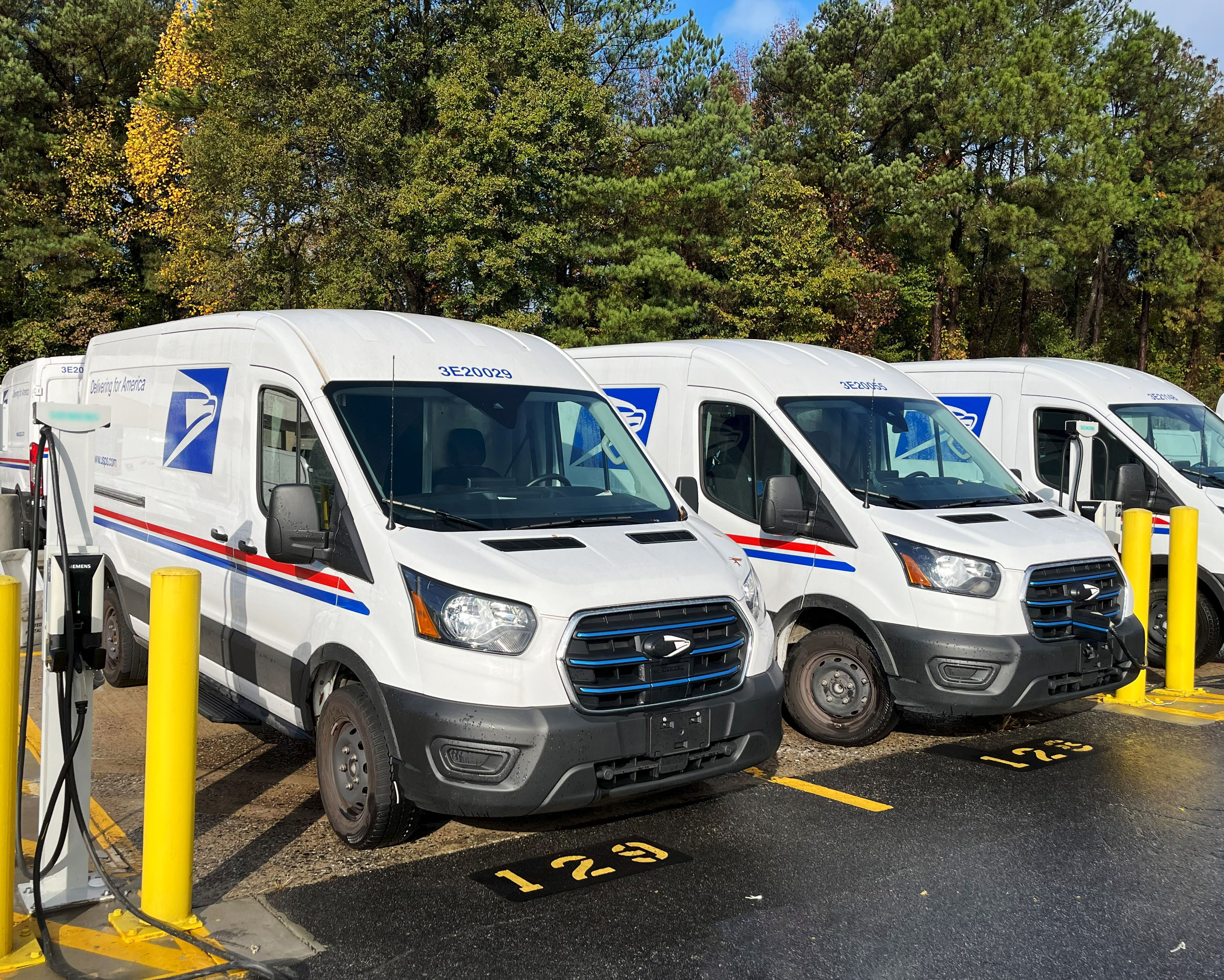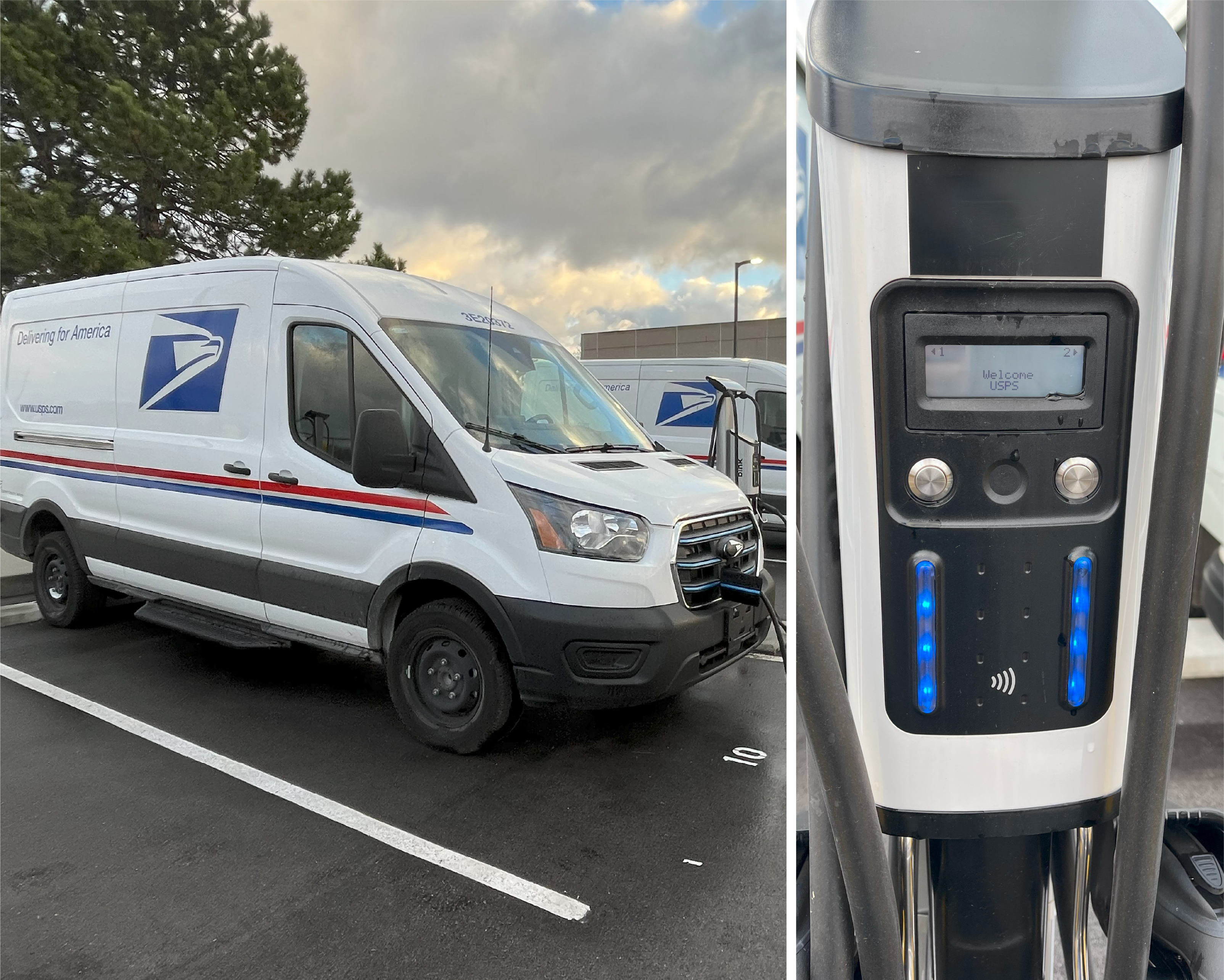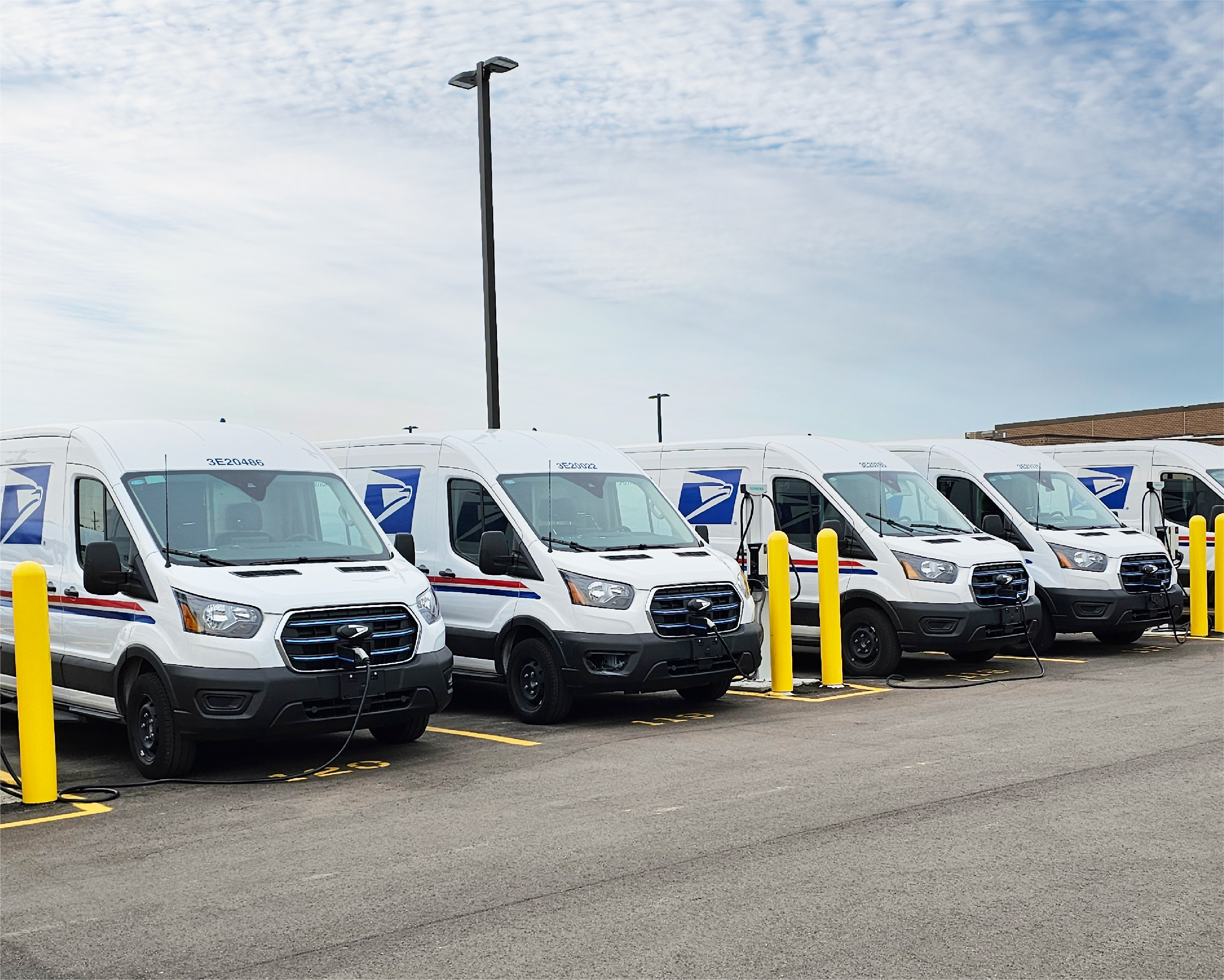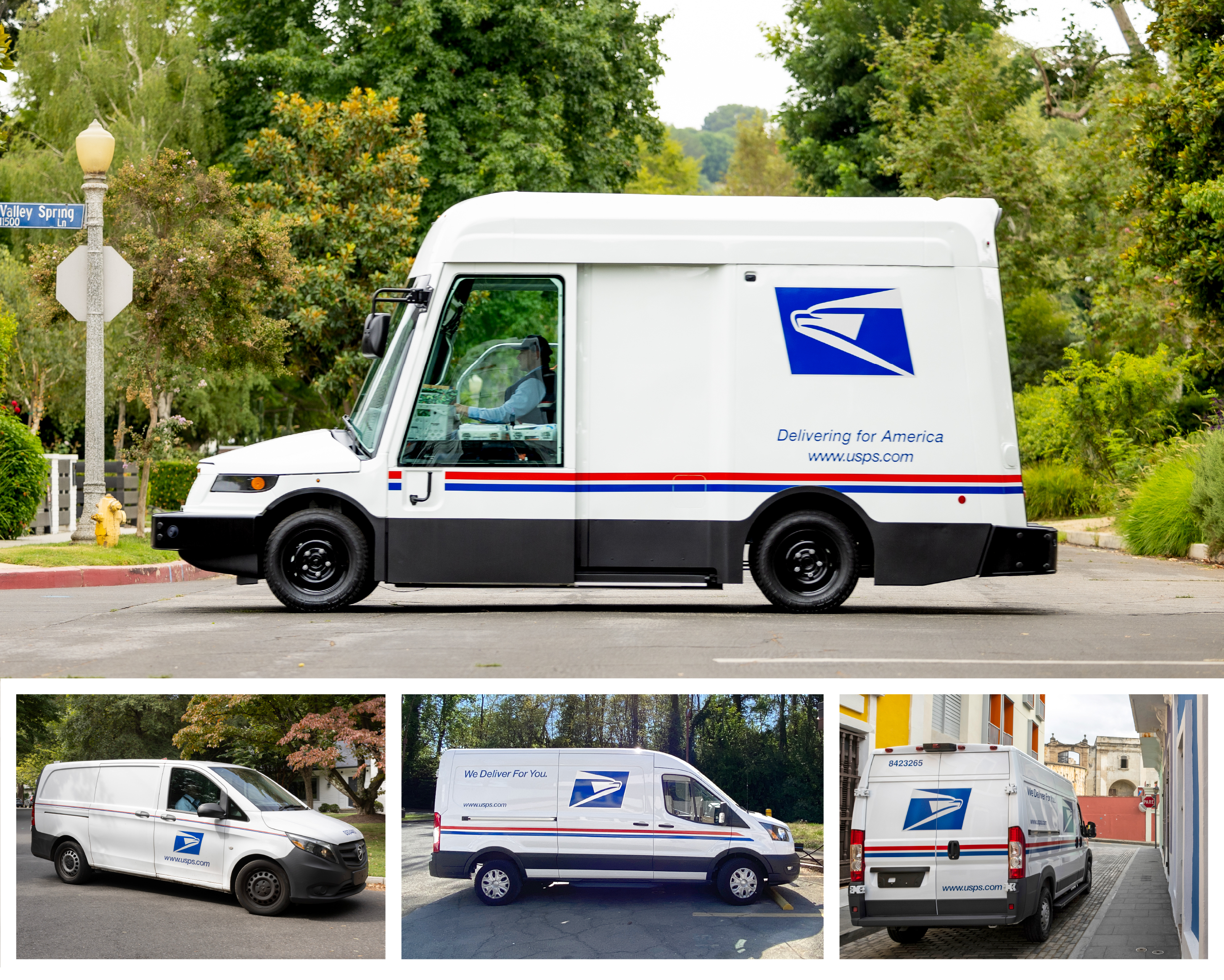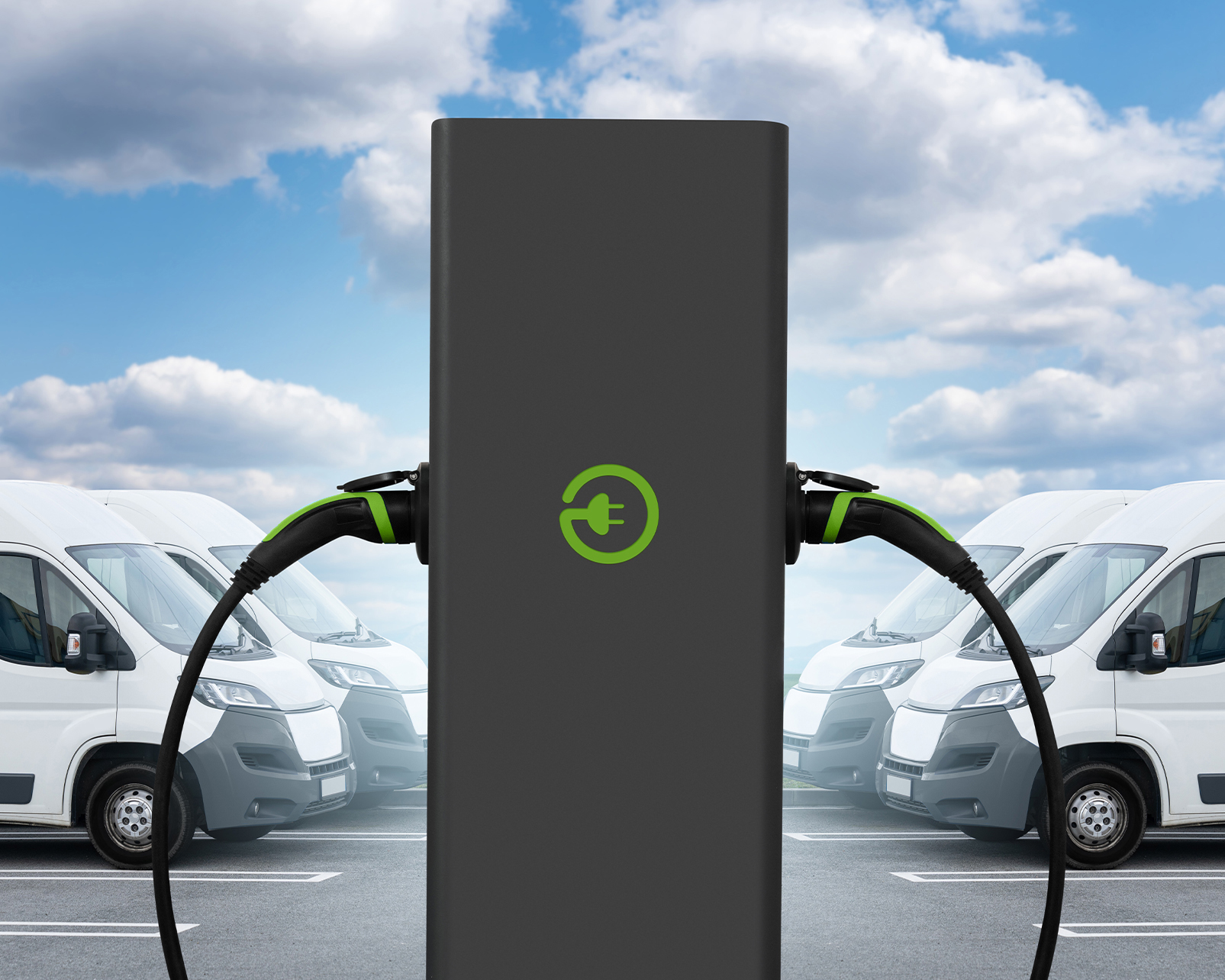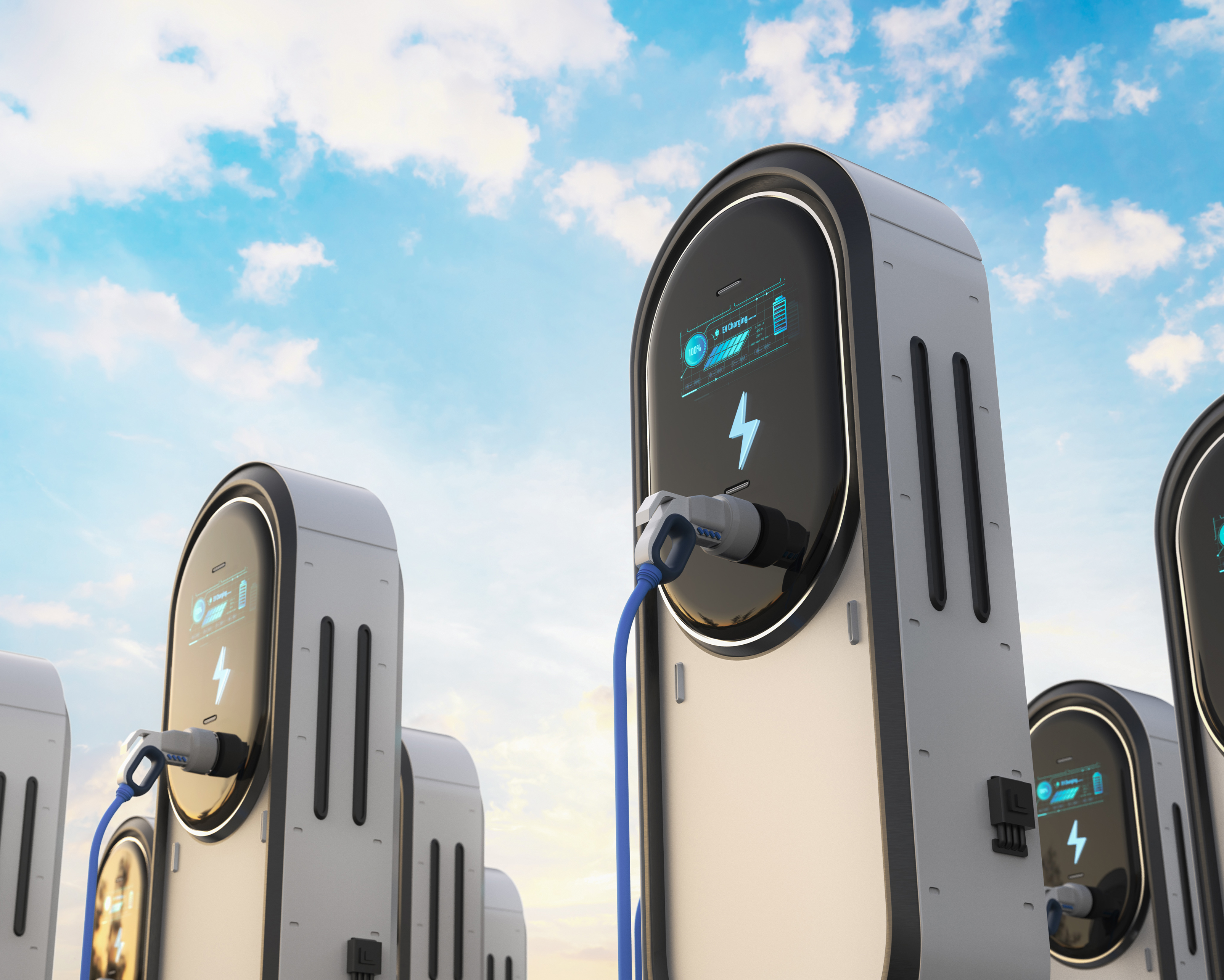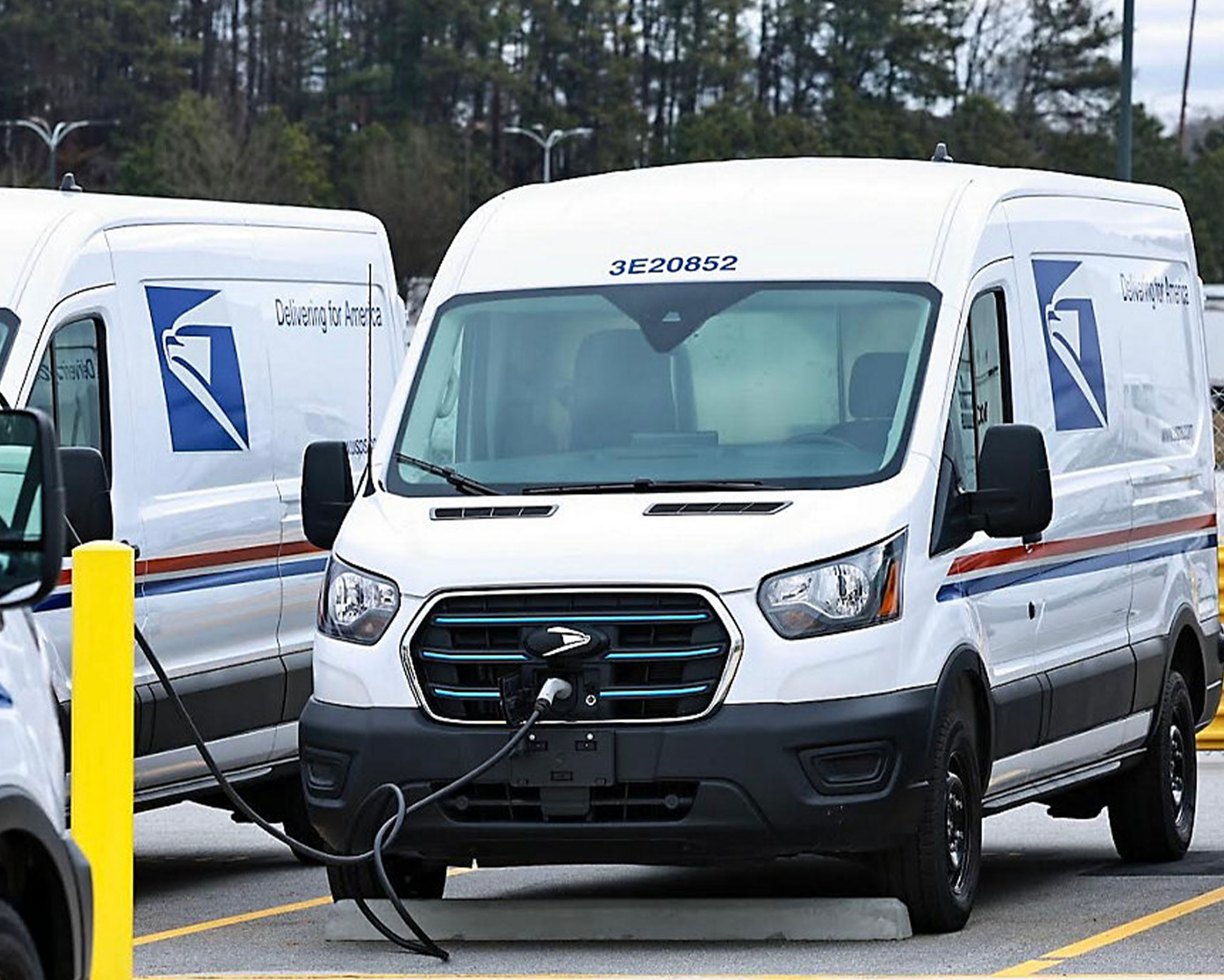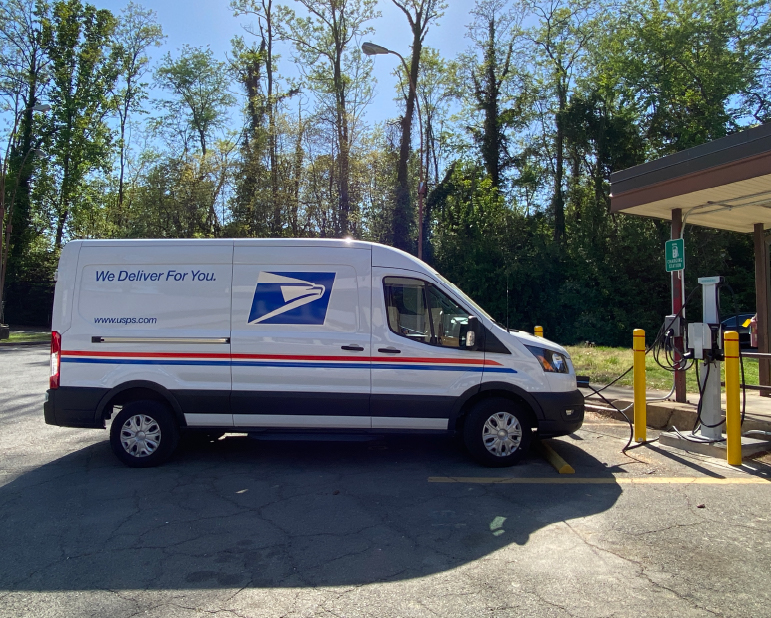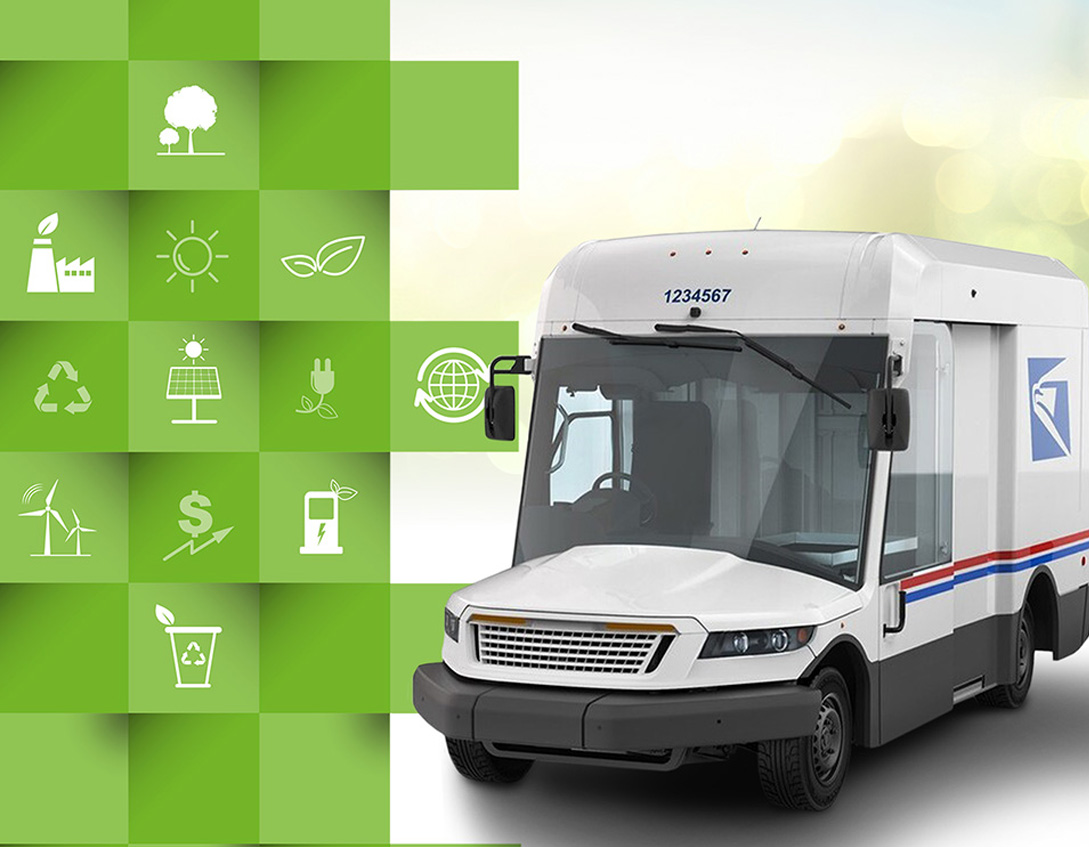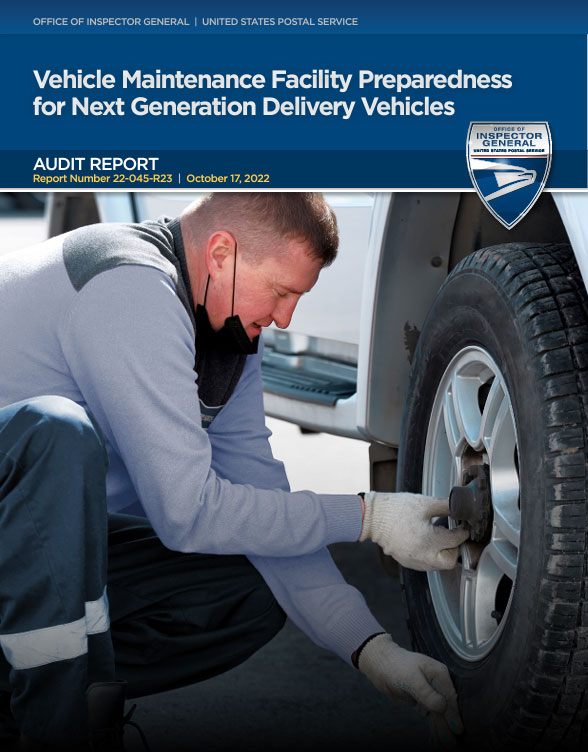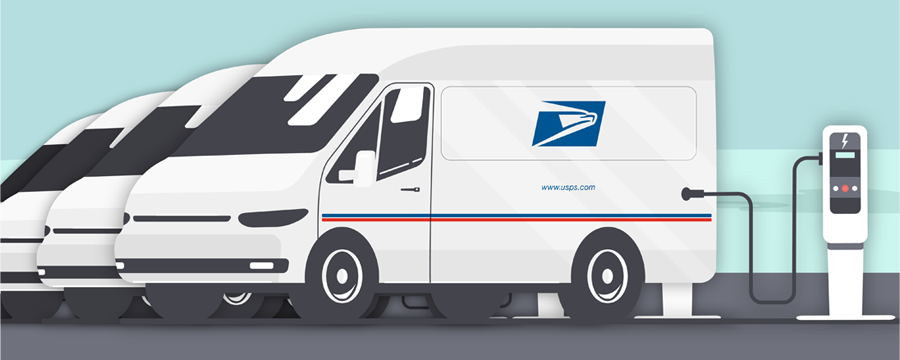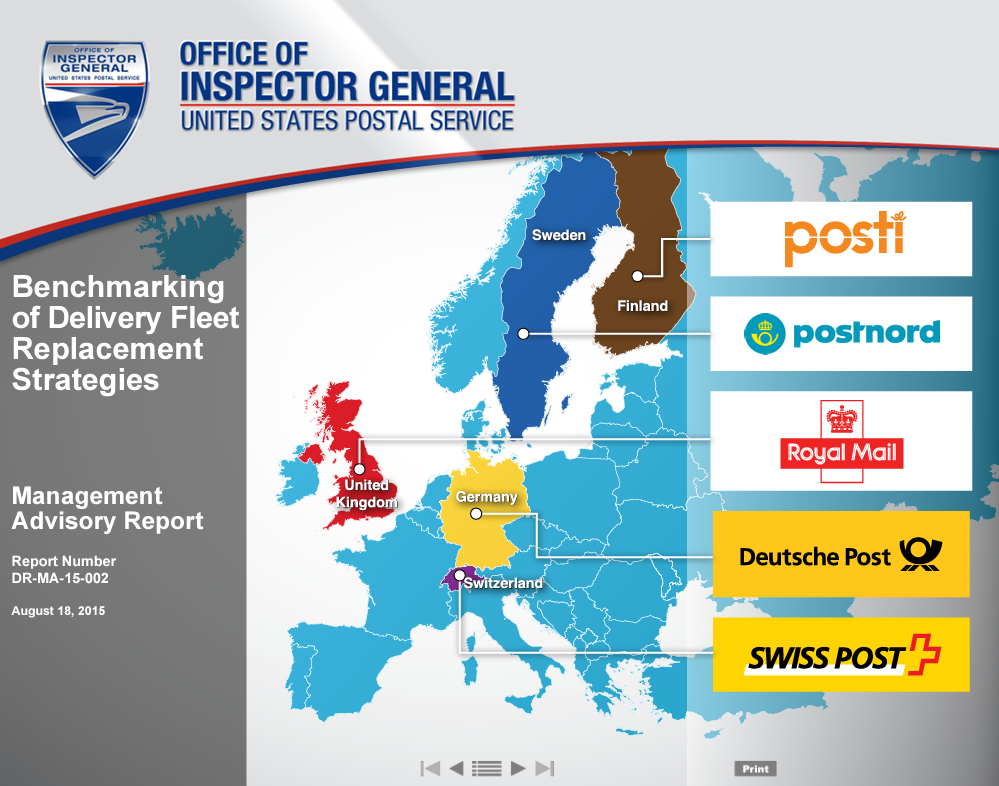Electric Vehicles and Infrastructure
- 211 views

Focus On updated January 2025
When Congress passed the Inflation Reduction Act in August 2022, it included $3 billion in funds to support the Postal Service’s purchase of zero-emission vehicles for its delivery fleet. USPS received $1.29 billion for the vehicles themselves and a further $1.71 billion for supporting infrastructure such as charging stations. The Act allowed USPS 10 years, through fiscal year (FY) 2031, to use the funds and provided the OIG $15 million over the same time period to conduct oversight of the Postal Service’s efforts.
The Inflation Reduction Act of 2022 appropriated $3 billion to USPS:
$1.29 billion for zero-emission delivery vehicles
$1.71 billion for the purchase, design, and installation of supporting infrastructure
The Postal Service has since determined that it plans to purchase more than 66,000 battery-electric vehicles (BEVs) as part of an overall acquisition of more than 106,000 vehicles through FY 2028. Most of the BEVs will be Next Generation Delivery Vehicles (NGDVs), although the Postal Service is also ordering commercial-off-the-shelf electric vehicles.
While USPS was considering how to replace its delivery fleet, the OIG issued several reports that discussed electric vehicles. In 2015, we examined other posts’ use of electric vehicles and other green technology as part of benchmarking their fleet replacement strategies. In March 2022, after the Postal Service awarded its NGDV contract and initially announced that at least 10 percent would be battery electric, we published a white paper exploring the opportunities and challenges of adopting electric delivery vehicles.
In addition, we assessed the Postal Service’s plans to prepare its vehicle maintenance facilities for a mixed fleet including both internal combustion engine and battery electric NGDVs in an October 2022 audit report. Also, in response to a Congressional request, we reviewed the NGDV acquisition process and the Postal Service’s Environment Impact Statement (EIS) to ensure it complied with the National Environmental Policy Act and assess whether the EIS was reasonable and reliable. (To read more about the OIG's work on fleet replacement and the NGDV, see Focus on Next Generation Delivery Vehicles.)
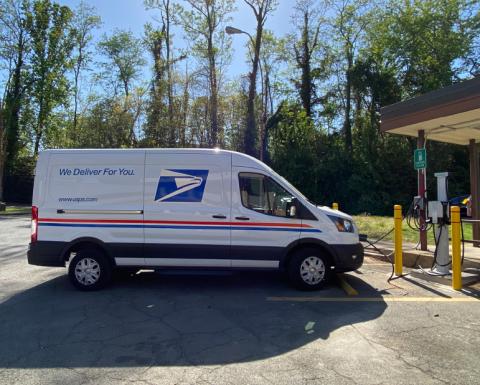
The Postal Service announced it was awarding contracts for charging stations in February 2023. USPS has estimated it will deploy vehicles at 800 sites through FY 2028. In December 2023, we issued an audit report examining how the Postal Service oversaw the contracts, tested and monitored the charging stations’ performance, and stored the stations until they were needed. We found that USPS effectively conducted testing and short-term performance monitoring, although USPS was still developing plans for long-term performance monitoring. More seriously, however, we found, that the centrally stored charging equipment was vulnerable to theft and two charging heads were stolen. We recommended the Postal Service take urgent action to safeguard the assets. USPS agreed.
To find opportunities to defray the costs of electric vehicles and infrastructure, our June 2024 audit explored whether the Postal Service was taking advantage of incentives from federal and state agencies, utilities, and carbon markets. We found the Postal Service was not participating in incentive programs and identified 13 programs worth $5.48 million the Postal Service might be eligible for at 14 facilities in addition to seven programs worth $3.23 million that were no longer available. We recommended USPS evaluate the identified incentives and also evaluate the feasibility of undertaking continuous monitoring to find incentives in the future. The Postal Service, however, expressed concern that the administrative cost might offset the value of searching for incentives, and that recommendation remains open.
In July 2024, we published two additional audits. The first evaluated the construction schedules for the initial 29 sorting and delivery centers getting charging stations. All 29 sites had delays, averaging 219 days; however, USPS had not gathered information on local conditions and foreseeable events or determine if the schedules were realistic before setting them up. The Postal Service also did not use an overarching project management system. The second audit assessed the invoice and payment processes for the IRA funds. We sampled invoices and found they were properly approved for payment and allowable under the Inflation Reduction Act. In addition, controls were effective to ensure proper payments. As of February 2024, the Postal Service had paid $112.3 million from IRA funds for infrastructure. No funds had been used for electric vehicles yet.
More recently, we examined the status of the Postal Service's acquisition of new delivery vehicles and found delays were putting the timelines for fleet modernization, cost savings, and sustainability at risk.
As more electric vehicles arrive and the Postal Service installs charging infrastructure, we will continue to conduct work to help monitor the status of these projects.

